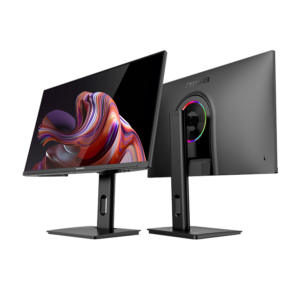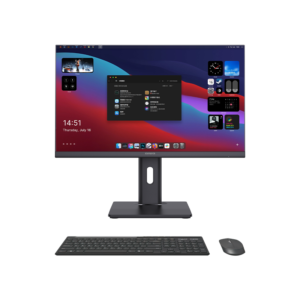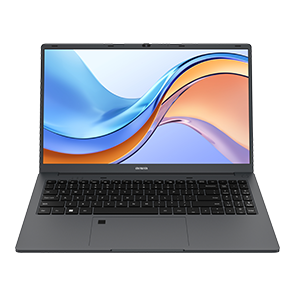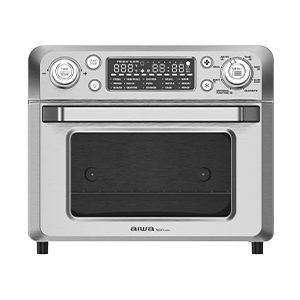LCD TV Display vs. OLED TV Display
For the technology enthusiast out there, we will invite you to look at the competition between two TV displays: LCD and OLED. LCD TV displays are the most popular and widespread by far. However, OLED TV displays have many features that make them an interesting competitor. This article will introduce these two types of TV screens and compare their pros and cons. In the end, we hope you will have a better understanding of both options to make a better decision for your next purchase. Let us dig right in.
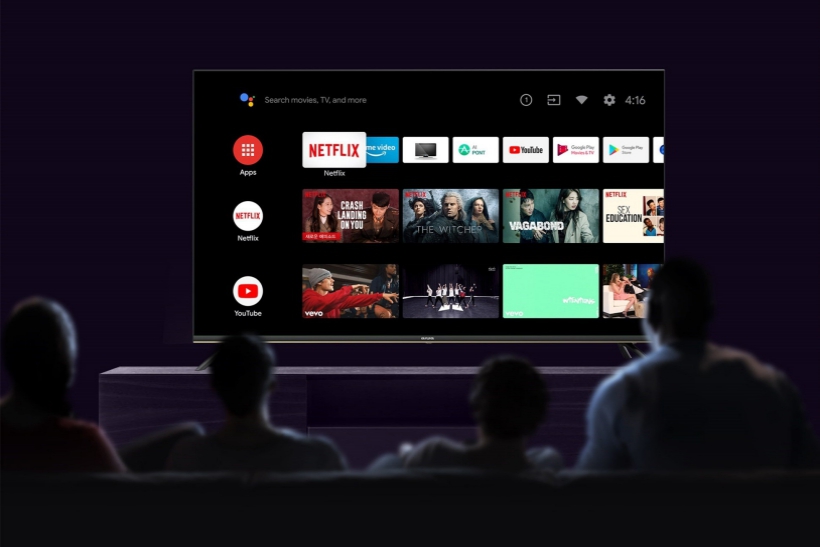
What is an LCD TV Display
As television plays an important role in our entertainment, we need to understand better what kind of devices we are buying, and which one is the best fit for our leisure needs. What is an LCD TV display? A liquid-crystal display is a flat panel that reproduces images, thanks to the interaction between liquid crystals and polarized light.
Think about liquid crystal as both a solid and liquid substance trapped inside two layers of glass. A backlight transmits the light through the crystals, finally reaching the tiny screen blocks (pixels). Ultimately, the pictures are generated on the millions of pixels combining different colors. Check here if you would like to know more in-depth information about LCD Displays.
What is an OLED Display
Considering a more recent technology, OLED was thought to be the industry’s game-changer back in 2013. OLED TV displays claimed to have perfect visuals thanks to refined black levels and excellent colors. Eventually, though, the OLED screens took a heavy hit because of the price and the brightness levels disadvantage.
What is an OLED display, you may ask? OLED TVs can generate colored images through the utilization of carbon-based organic compounds. These elements can emit red, green, and blue lights responding to electric current. Therefore, the OLED TV does not require a backlight or liquid crystals to produce information.
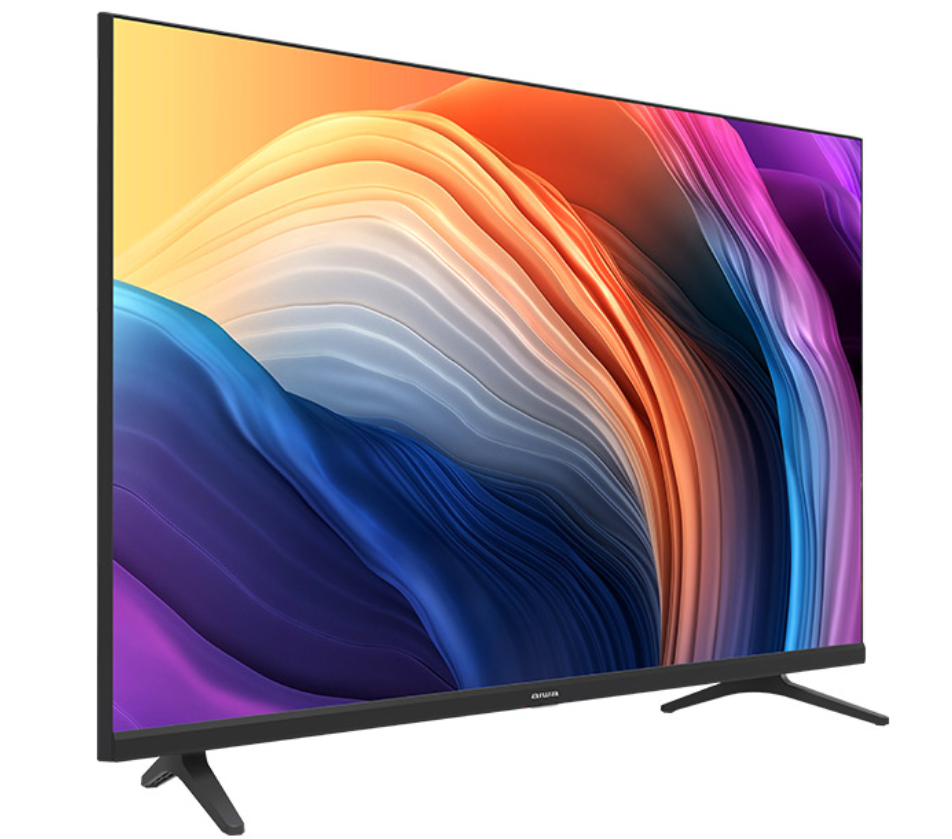
LCD TV Displays VS OLED TV Displays: Pros and Cons
Contrast & Black Levels
Let us first compare the contrast of the image between the two devices. Since OLED TVs do not require backlights, it is quite easier for them to reach deeper black levels. To better understand, try taking an LCD TV display into a darkened room. At that point, you will notice that the pixels reproducing black images are not actually black but another tonality of the color. The reason behind this phenomena is the backlight installed inside the LCD screen, which keeps emitting light.
When buying a product, you should look at the contrast ratio presented in the product specification. The indicator tells us how brighter whites can be when compared to the black levels. To give you some numbers, top quality LCDs can reach 10,000:1 contrast ratio. On the other hand, OLED can have 1,000,000:1 proportion. Choosing a product designed for better rendering of black levels can help you capture more details next time you are watching movies filmed in a dark location.
Brightness
Another factor closely related to the blacks levels is the brightness of the screen. Has it ever happened to you to have the sunlight reflection on the screen and not being able to see the image? Brightness is a relevant aspect when watching content in ambient light, but also for high dynamic range video. For this category, LCDs TV screens are the choice. Both TV types are quite capable of handling sunlight. However, the LCDs TV displays have a higher level of brightness, leading to an overall better visual impact.
Color Accuracy
LCDs manufacturer rightly likes to point out how the counterpart has difficulties with color volume. Bright scenes may influence the color saturation of OLEDs. However, OLEDs TV panels can reproduce coloration more realistically because they are produced by organic elements utilizing active-matrix technology. In OLED screens, every pixel contains red, green, and blue elements, which operating together produce every color in the spectrum (millions of colors). Chromaticity coordinates will be more accurate with OLED than LCD providing the user with a richer color definition.
Viewing Angle
Do you like to watch TV comfortably lying down on your sofa in improbable positions? Well, your seat can influence your view. If you are looking at the television straight, then LCDs panels work just fine. If you switch angulation, though, while LCDs struggle, the OLEDs have almost perfect viewing angle. Some types of LCD panels have higher performance in this regard. For instance, IPS panels have better off-axis picture quality that reduces the quality gap with OLEDs. Next time you are arranging the seats with your loved one, be aware of which television you have.
Longevity
Another important aspect to consider when buying your television is its lifespan. It may not be you, but the TV is an added member of the family for some of us. LCD TV displays have higher longevity (50,000 to 65,000 hours on average). An LCD screen lasts as long as its backlights, and sometimes they can be replaced. On the contrary, OLEDs televisions organic components have a shorter lifespan (around 10,000 hours), making the OLEDs being not the optimal choice for “hardcore” TV viewers.
Power Consumption
Power consumption for OLEDs is directly related to the brightness of the screen. To put it simply, if you like to watch scary movies, you will be saving more power than a hockey match. Instead, LCDs’ energy consumption varies depending merely on the backlight settings. In most cases, low light settings LCDs will draw less power of OLEDs. Because of this, LCDs TV displays are preferred when it comes to saving power.
Price
The ultimate factor before the final purchase is the price tag on the product. LCDs offer a wider variety of prices depending on specifics and dimensions. Overall, LCD TV displays are the cheaper option and can be bought for hundreds of dollars. For OLEDs, you need to spend up to 1000$ for a medium dimension TV set. With that in mind, the future for both products seems bright. LCDs are expected to improve their weak points while OLEDs are going to lower their price gradually.
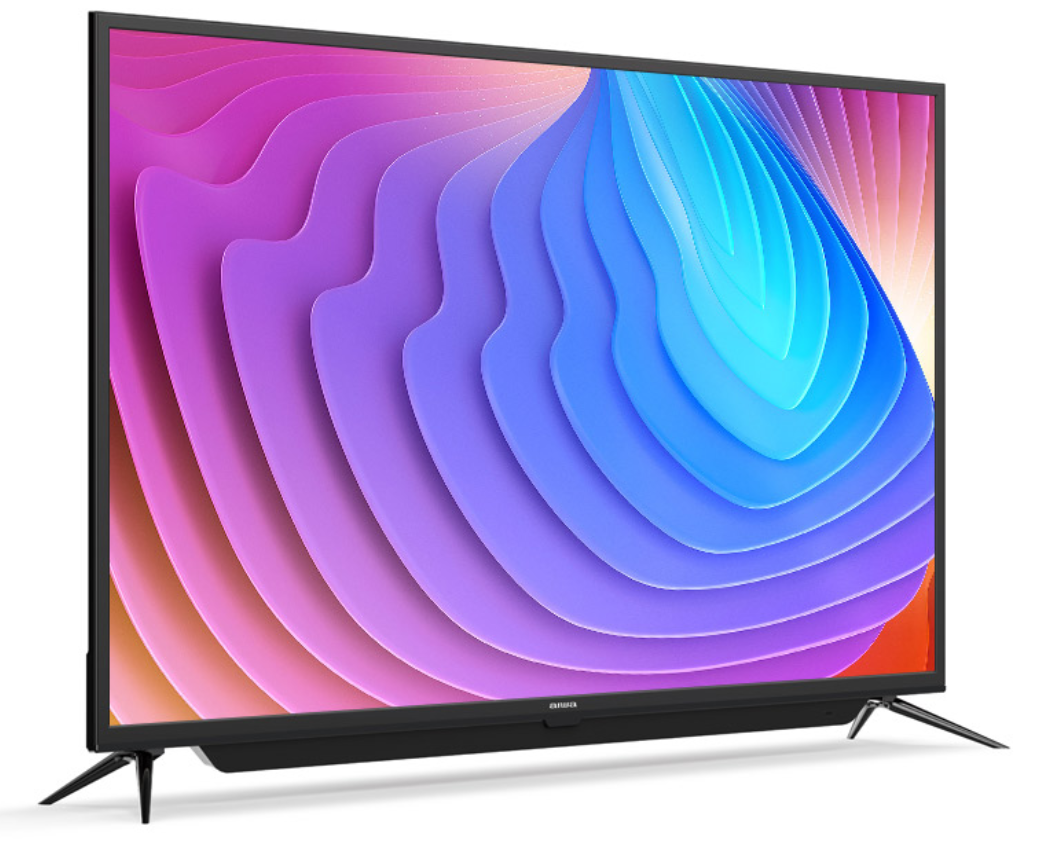
Conclusion
Hopefully, the article gave you some useful guidelines. In the end, both LCD and OLED TV displays have their own advantages and disadvantages. You need to choose carefully the screen that most suits your needs. At Aiwa, we are specialized in manufacturing a wide range of LCDs panels for televisions. We welcome the possibility of finding the TV sets that provide you with the best visual experience. Come to look at our solutions.









